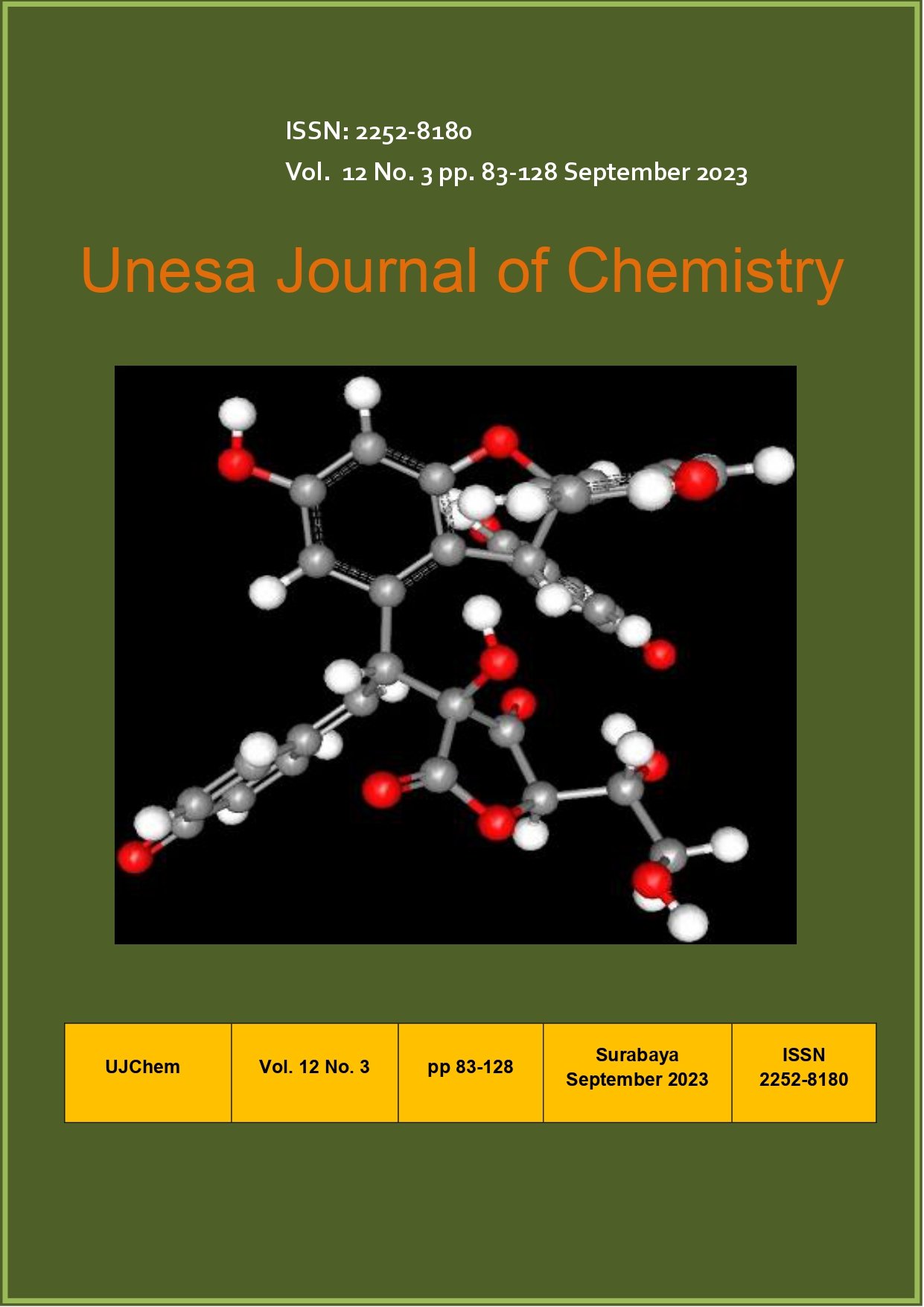ARTICLE REVIEW: FERMENTATION TECHNOLOGY L-LYSINE AND APPLICATION AS A FEED ADDITIVE
Main Article Content
Abstract
L-lysine is an essential amino acid used in various sectors of the food, chemical and pharmaceutical industries. L-lysine has significant commercial value as a feed additive to promote growth and health in livestock. L-lysine can be produced through two main methods, namely chemical synthesis and microbial fermentation. The demand for L-lysine has been steadily increasing in recent years and is produced every year throughout the world almost through microbial fermentation. L-lysine production through microbial fermentation has the advantage of producing by-products that are non-toxic and have high commercial value. In general, L-lysine is produced using heterotrophic bacterial strains, such as Escherichia coli and Corynebacterium glutamicum. Fermentation time, pH, temperature, glucose concentration, air flow rate and aeration rate are the most important factors in the fermentation process. The L-lysine fermentation process is divided into four parts, namely molasses preparation; preparation of culture media; fermentation; and purification. L-lysine is separated and purified by appropriate downstream processes, involving classical separation or extraction methods (ultrafiltration or centrifugation, ion exchange separation or extraction, crystallization, drying) and sold as powder. Adding L-lysine to feed can improve feed quality. L-lysine can provide benefits in the form of accelerating growth and shortening the production period, so that operational costs can be reduced. This review article discusses L-lysine production, factors influencing L-lysine fermentation, and its application as a feed additive.

